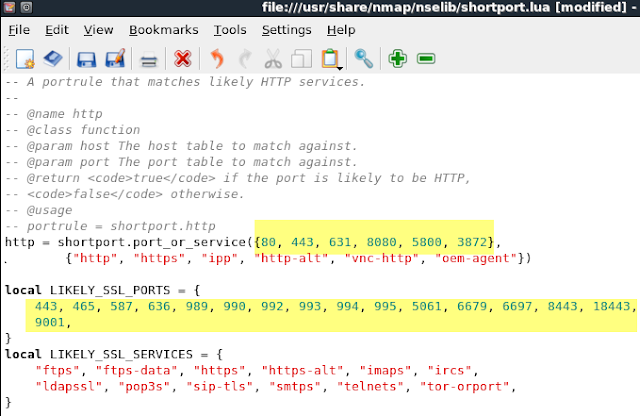[Book-Review] BackTrack 4: Assuring Security by Penetration Testing
BackTrack 4: Assuring Security by Penetration Testing By Shakeel Ali, Tedi Heriyanto _______________________________________________ Although experienced Pentesters may think it's yet another Tool-based teaching book, it's a must-read book for users of BackTrack. All in all, the written style is clear and concise. The authors have several years of experience in Penetration Testing and thus they clearly enlighten readers as to the whole pentesting methodology in accordance with the BackTrack Tools layout from starting Recon phase to ending Report Deliverables phases. In some areas, they demonstrate the use of the updated version of tools that might have been outdated in BackTrack 4/its PwnSauce SVN. As it's based on BackTrack4, some tools will not be included in BackTrack 5 or later. So, you better have BackTrack4 by side in order to practise the tools you haven't mastered.
